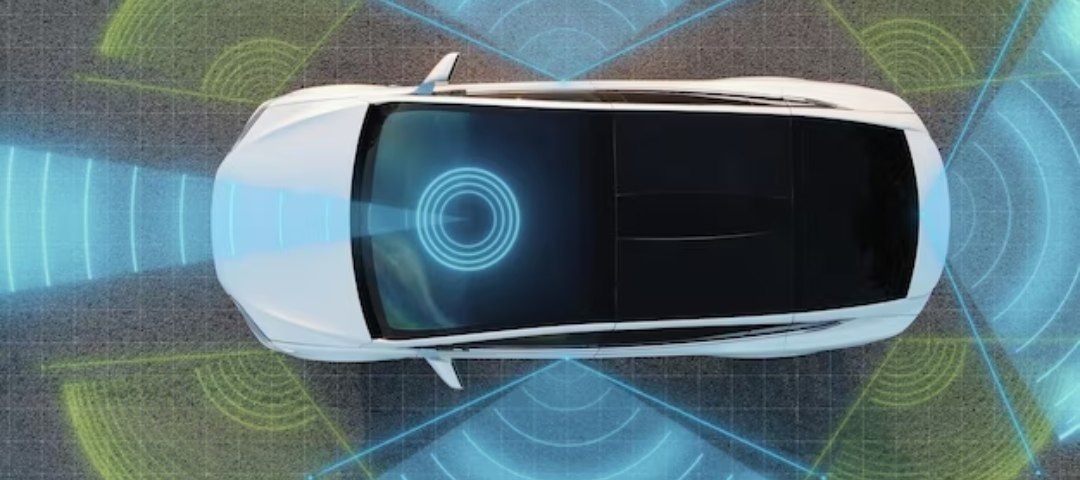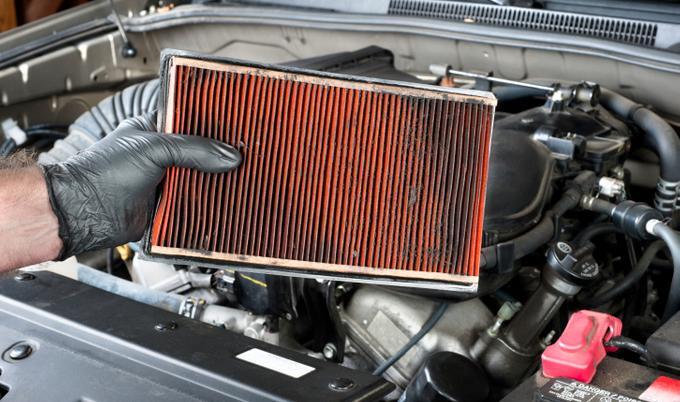Posted on 6/23/2025

Steering angle sensors (SAS) are critical components in modern vehicles, acting as the vital link between the driver’s steering input and the car’s electronic control systems. Installed within the steering column, these sensors continuously monitor the steering wheel’s position, rotation speed, and direction, converting these movements into precise electronic signals. This real-time data is indispensable for a range of advanced safety and driver assistance feature, referred to ADAS. The primary function of a steering angle sensor is to determine exactly where and how the driver intends to steer, ensuring that the vehicle’s wheels respond accurately to steering wheel movements. The sensor uses technologies such as optical encoders or magnetic sensors to measure the angle and rate at which the steering wheel is turned, providing feedback that is accurate to within a fraction of a degree. For redundancy and reliability ... read more
Posted on 6/23/2025

When it comes to vehicle safety and maintenance, brake pads are among the most critical components. After replacing your brake pads, it’s tempting to hit the road immediately, especially if you have a long trip planned. However, we recommend waiting at least a week—or driving a certain distance—before embarking on a lengthy journey. Here’s why this break in procedure, recommended by Raybestos, is essential for your safety and the longevity of your braking system. By the way, check out this great getaway in NYS! Understanding the Break-In Period New brake pads require a break-in period to ensure optimal performance and safety. This process, often called &l ... read more
Posted on 6/23/2025

As automotive technology continues to advance, 360-degree camera systems and other ADAS (Advance Driver Assistance Systems) systems have emerged as a game-changing feature, reshaping how drivers interact with their vehicles and the road. These innovative systems offer a panoramic, bird’s-eye perspective of a car’s immediate surroundings, effectively eliminating blind spots and providing a level of situational awareness that traditional mirrors and single-view cameras cannot match. By integrating multiple wide-angle cameras around the vehicle and merging their feeds into a seamless overhead view, 360-degree cameras make everyday driving, parking, and maneuvering in tight spaces safer and more convenient than ever before. 360-degree cameras are rapidly transforming the driving experience by providing a comprehensive, real-time view of a vehicle’s surroundings. These ... read more
Posted on 6/23/2025

Changing your air filter every 18 months is crucial for maintaining the health and efficiency of your HVAC system and vehicle engine. Don’t believe us? Here is Fram, a major air filter manufacturer and their recommendations. While the exact frequency can vary depending on usage and environmental factors, an 18-month interval serves as a reasonable benchmark for many situations. Improved Air Quality and Health Air filters trap dust, pollen, pet dander, and other airborne pollutants. Over time, these filters become clogged, reducing their ability to clean the air inside your home or vehicle. Regular replacement ensures that the air circulating is cleaner, reducing allergens and improving overall indoor air quality, which is especially important for individuals with allergies or respiratory issues. Energy Efficiency and Cost Savings A clogged air filter restricts airfl ... read more
Posted on 6/23/2025

Nitrogen-filled tires have gained popularity among drivers seeking better tire performance and longevity. Here’s a balanced look at the advantages and disadvantages of using nitrogen instead of regular air in your tires. Pros of Nitrogen-Filled TiresSlower Pressure Loss: Nitrogen molecules are larger and less permeable than oxygen, so tires filled with nitrogen maintain their pressure longer. This reduces the frequency of top-ups and helps ensure you’re always driving on properly inflated tires. Check out Goodyear’s recommendation regarding Nitrogen in tires.Improved Fuel Efficiency: Proper tire pressure reduces rolling resistance, which in turn can improve fuel economy. Since nitrogen-filled tires are less likely to lose pressure, drivers may see slight gains in miles per gallon. Longer Tire Life ... read more